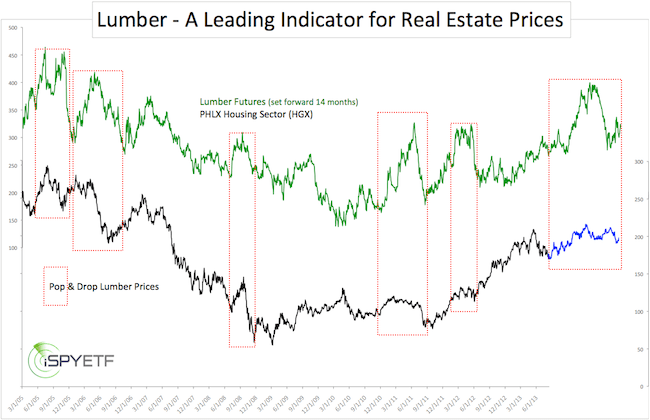Emerging markets ETFs have been in a sideways trading zone for well over two years. Now, the two most popular emerging markets ETFs are at the cusp of breaking above multi-year double resistance levels.
The iShares MSCI Emerging Markets ETF (NYSEArca: EEM) has been spinning its wheels, trying to rally above serious long-term resistance.

The weekly EEM bars have been rebuffed by the red trend line (dating back to the emerging markets hey days in 2007) and the horizontal red zone (around 45.25) no fewer than seven times.
The technical picture for the Vanguard Emerging Markets ETF (NYSEArca: VWO) looks slightly different.

VWO already surpassed its ascending red trend line, but is still being held back by the red resistance zone around 45.50.
I’m not smart enough to compose a high probability directional forecast at this point, but the charts say that EEM and VWO’s reaction to their resistance zones will likely set the stage for the next (sizeable?) move.
Simon Maierhofer is the publisher of the Profit Radar Report. The Profit Radar Report presents complex market analysis (S&P 500, Dow Jones, gold, silver, euro and bonds) in an easy format. Technical analysis, sentiment indicators, seasonal patterns and common sense are all wrapped up into two or more easy-to-read weekly updates. All Profit Radar Report recommendations resulted in a 59.51% net gain in 2013.
Follow Simon on Twitter @ iSPYETF or sign up for the FREE iSPYETF Newsletter to get actionable ETF trade ideas delivered for free.














